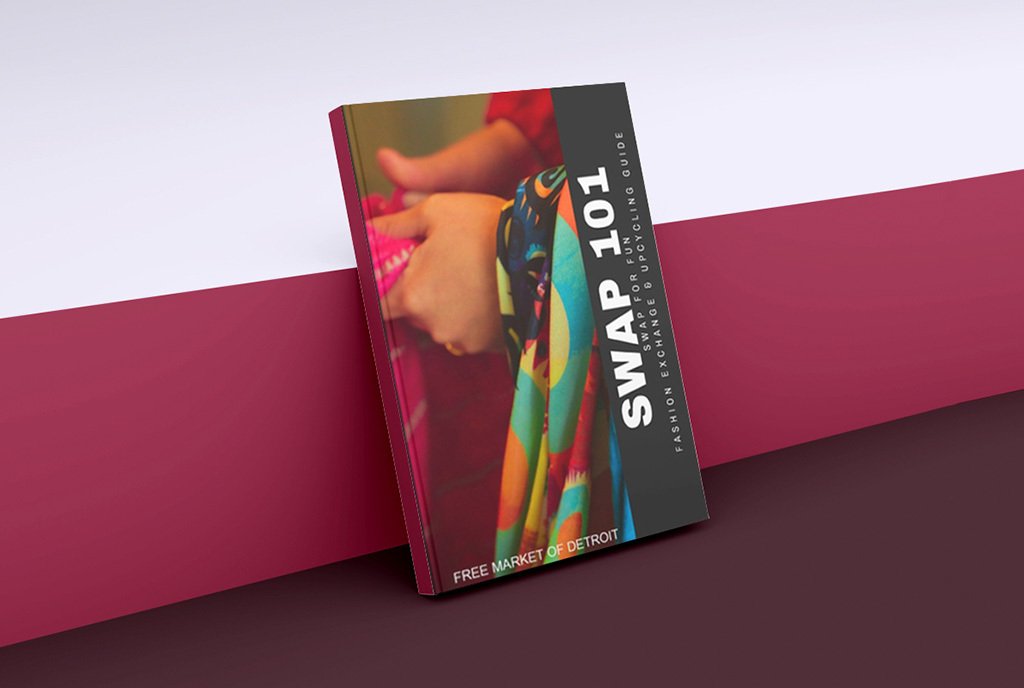Thrivent Financial for Lutherans is an odd nonprofit in that it inhabits the 318 spot on the Fortune 500 list. It is also Minnesota’s fourth-largest privately held company based on its $7.53 billion in revenue as of the end of 2010. The group was established based on two fraternal organizations founded in the early twentieth century, which then merged in 2001. Operating as a mutual support mechanism, Thrivent Financial for Lutherans now provides life insurance, disability insurance, annuities, long-term care, and other insurance needs. It also has an investment arm and a banking arm.
According to Thrivent materials, “The IRS defines a fraternal benefit society as ‘one whose members have adopted the same or a very similar calling, avocation, or profession . . . working in union to accomplish some worthy object.’” The IRS also notes that members of a fraternity band together as a society to ‘aid and assist one another and promote the common cause’ as well as engage in activities of a ‘beneficial and fraternal character.’”
Late last week, word leaked out that the Thrivent Financial Bank, which is a profit-making subsidiary of Thrivent Lutheran, may soon make a very unusual shift, becoming the Thrivent Federal Credit Union. This would make Thrivent one of just two conversions of this type in U.S. history, with the first occurring in 1996, when, according to American Banker, a bank founded for Eastman Kodak employees in the 1920s converted to what is now ESL Federal Credit Union in 1996, an entity with 300,000 members.
Credit Unions are, of course, nonprofit and owned by their members.
We found this an interesting story in the wake of the activity surrounding Bank Transfer Day, a movement that encouraged people to withdraw their money from big banks and deposit them with credit unions, and because Thrivent Financial is such an anomaly in the nonprofit world. What follows is an interview with Todd Sipe, CEO of the bank/soon-to-be credit union, if the regulators approve.
NPQ: We can see in the wake of Bank Transfer Day that there is some degree of increased interest among the public for financial institutions that function more in the public’s interest, but we understand that this type of conversion from a bank to a credit union is very unusual. Is that your understanding?
TS: There’s been some selling of bank branches into credit unions, but I think there’s probably only one that’s converted from a bank charter to a credit union, and that was a mutual bank. Mutual banks, by the way, are also owned by their depositors, so when they move to become a credit union they retain their ownership structure. It’s really rare for a stock thrift to convert to a credit union.
NPQ: What you would say was the major impetus for Thrivent Financial Bank to transition from being a thrift bank to a credit union?
TS: If you take a look at the regulatory landscape and the changes over the last couple of years, it was impactful to bank holding companies, especially if you were an insurance company that owned banks. We took a hard look at what is the most effective way to serve members of Thrivent Financial for Lutherans and clients of the bank. And, how do we do that in such a way as to have the right cost structure and controls in place? The Dodd-Frank act introduced new regulators to organizations like Thrivent. In the past, Thrivent was regulated by the Office of Thrift Services (OTS), which got absorbed into the OCC, so today the bank is regulated by the OCC. At the same time, at the holding company level it went from the OTS to the Federal Reserve. And there are additional costs and a burden associated with dealing with two regulators. We took a look at what was the right type of ownership structure that we could move to that would be the appropriate level of regulatory oversight but not have undue increase in cost or burden. After researching the needs and preferences of our members, the credit union model emerged as what we think is the best model to serve members of Thrivent Financial for Lutherans going forward. Credit unions are member owned and member governed, and that’s very consistent with a fraternal organization like Thrivent Financial for Lutherans , so it just made natural sense.
NPQ: Right. It seems like it is nicely aligned in theory, but why now? Why had this choice not been made before? It looks like previously the bank was actually born out of an earlier merger of a number of credit unions and a couple of other entities. Is that right?
TS: That is correct. Back in 2001/2002, AAL (Aid Association for Lutherans) and Lutheran Brotherhood merged to become Thrivent Financial for Lutherans. At the time, we had five different banking entities that they needed to merge. We had a trust bank andthree credit unions between the two organizations, and then we had a community bank in the Twin Cities. At the time, the thrift charter actually created the most flexibility to continue to offer all the products and services for both bank and trust. So it made natural sense to migrate into a thrift charter at the time. What’s happened between 2001 and now is, of course, that Dodd-Frank introduced new regulations and regulators that challenged us to take a look at our model and make sure that we continue to have the right model in place.
NPQ: So, this time around, were you concerned more about flexibility or more about cost?
TS: I think clearly the cost burden of having multiple regulators in here was a key driver.
NPQ: Have you been influenced at all by the recent flow of consumers away from banks to credit unions?
TS: I think consumers are looking for an entity that they can trust. Thrivent has always enjoyed a trusted relationship with its members, and the principles and values of being a faith-based organization obviously flowed down into the bank, and so we’ve always enjoyed a trusted relationship with our clients. So, I don’t think this move is to regain trust; that trust has always been there. The credit union model is a great model in today’s environment, so as we looked at options and that one emerged, clearly credit unions do enjoy a trusted relationship, so it reinforces the relationship we already have with our clients.
NPQ: How many members will the credit union have if the transition gets approved by regulators?
Sign up for our free newsletters
Subscribe to NPQ's newsletters to have our top stories delivered directly to your inbox.
By signing up, you agree to our privacy policy and terms of use, and to receive messages from NPQ and our partners.
TS: We’re going to be about 40,000 members at the time of the transition to the credit union. We’ll be about $530 million in assets. It will be a fairly large credit union in the industry—in the top 10 percent.
NPQ: Going back to your survey of members, did you do a survey particularly about this potential conversion, or were you drawing from other questions that you had asked them previously?
TS: We did not have a specific survey that asked about this option. Our information was drawn more from conversations that we had with members, and gathered that insight from members more informally. I can tell you that we nailed it, because as we’ve notified our clients of the change, the feedback has been extremely positive. As of today I have not received one concern or complaint that we’re moving over, which is remarkable.
NPQ: Exactly what are the kinds of the preferences, as you put it earlier, of members that would have driven you toward a credit union structure?
TS: Some of the preferences, of course, would be this member ownership. As a member-owned not-for-profit organization, the profits that are made are usually returned back to the members’ owners in the form of better rates and fees. That was a driver of our decision to move to a credit union. In addition, we have decided that we want to be a faith-based credit union, which is different from the industry in a lot of ways. There are faith-based credit unions out there, but obviously we’re going to serve members of Thrivent Financial Lutherans, and Thrivent Financial Lutherans is a faith-based organization, and the credit union too is going to be a faith-based organization.
NPQ: So will this restrict your membership a bit?
TS: Great question. Obviously, existing clients are grandfathered in, but post-transition the credit union’s field of membership will primarily be employees, our field force, members, and volunteers of Thrivent; and you will need to meet our field of membership test through these.
NPQ: That’s interesting. So it could potentially limit your size?
TS: It could, but just to put it in perspective, at the time of transition we’ll have about 40,000 clients. Thrivent has approximately 2.3 million members and when you add employees and volunteers there’s somewhere between 2.3 and 2.5 million are eligible people for membership inside of the credit union. So, we have a lot of opportunity for growth.
NPQ: Finally, will this structure affect the taxes that you’ve paid as a bank? You will now not be paying them as a credit union. Is that right or not?
TS: A portion of it. The bank currently has assets of $1.1 billion. We’re moving the loans and deposits (worth $530 million) over to the credit union, and then the trust business (with $580 million in assets) that exists inside the bank today will stay inside the bank and convert to a trust company charter, which will remain a wholly-owned subsidiary of Thrivent Financial Lutherans. And the trust portion of it is actually bigger than the bank portion of it. And, so, that will stay as a for-profit tax-paying entity, and then this will move over to the credit union. The tax liability or the tax issue was not a key consideration in this. It wasn’t a driving factor in the credit union model.
Our total tax liability would be well below a million a year. So, the regulatory burden was going to be significantly higher than any tax break.
NPQ: Since you’ve made this announcement, have you heard from any other financial institutions that were thinking about the same thing or is there any sense that there’s a movement in this direction? I know that the field of thrifts has declined precipitously over the past 30 years, but do you hear of anybody else thinking about going in this direction?
TS: No, I have not heard of any bank considering converting to a credit union. Insurance companies that own banks are wrestling with this issue but I have not heard of any that are considering a credit union model.
NPQ will watch this story with interest. Will the ranks of those who put their trust in credit unions continue to rise? Will other banks consider converting? The use of credit unions in this country is already high relative to other parts of the world. According to the World Council of Credit Unions, more than 90 million Americans are members of a credit union as compared to 185 million people who are credit union members globally.













